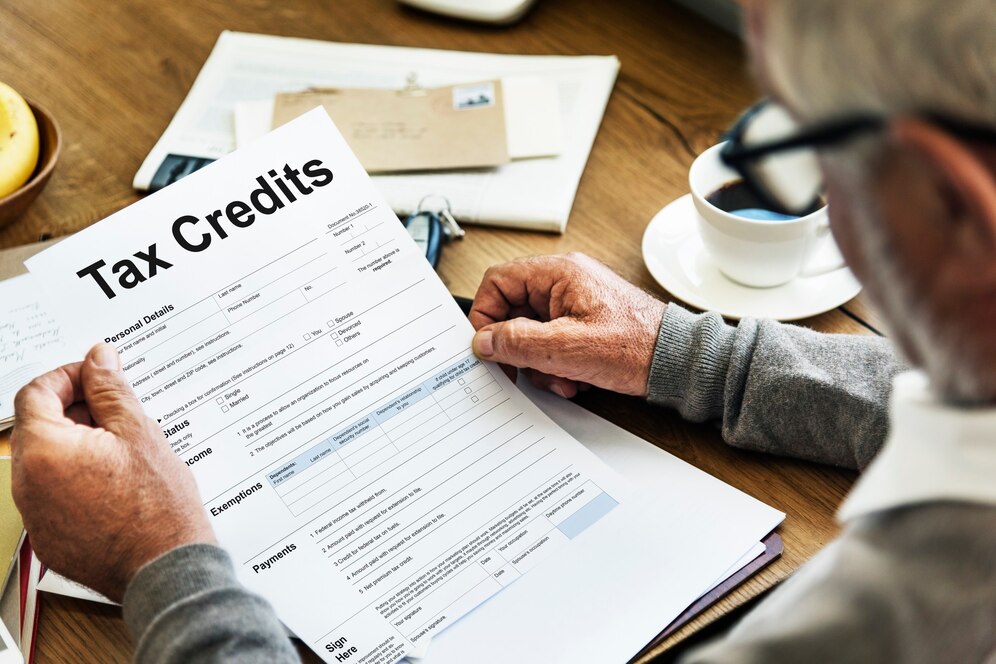Even when you invest in a heating and air conditioning system, it’s wise to keep your receipts for potential tax benefits come tax season. The U.S. Department of Energy extends energy tax credits for specific home upgrades, including enhancements to heating and air conditioning systems.
As tax season approaches, you might be wondering if your HVAC system upgrades qualify you for tax credits. The answer is somewhat complex: it could be yes, or it could be no. But let’s remain optimistic!
Here’s a breakdown of tax credits applicable to residential energy-efficient home improvements made in the 2014 calendar year to a primary residence. However, there’s a caveat: the department can alter eligibility criteria at any time, so it’s essential to verify the latest qualifying projects on their website.
Understanding the Parameters: The department provides a lifetime maximum credit of 10 percent for eligible home improvements, covering many Energy Star products (excluding labor and installation costs) up to $500. This credit applies solely to the cost of the energy-efficient product itself.
For “alternative energy equipment” like solar electric and solar water heating systems, the department offers a credit of 30 percent of the cost. However, the lifetime restriction remains the same: if you claimed a $500 credit in a prior year, you cannot claim another in 2014.
Understanding the Conditions: Certain projects qualify for less than $500, such as:
- $50 for an advanced main air-circulating fan
- $150 for a qualified natural gas, propane, or oil furnace or hot water boiler
- $300 for a qualified electric and geothermal heat pump, central air conditioning system, and natural gas, propane, or oil water heater
While these conditions may disappoint homeowners who upgraded their HVAC systems in 2014, it’s essential to maintain perspective. The savings from reduced energy costs will eventually offset the expense of your new energy-efficient system.
It’s worth noting that even a modest tax credit can be significant considering the average U.S. family’s energy expenditure of approximately $2,200 annually.
Understanding the Procedure: Before claiming an energy tax credit, remember to:
- Ensure qualifying upgrades were completed by December 31, 2014
- Use IRS Form 5695 when filing your tax return
- Include relevant manufacturer certifications and receipts, as requested on Form 5695
Remember, while the Department of Energy’s $500 tax credit covers insulation and products that block air leaks, such as weather stripping and caulk, contacting Experts In Your Home in Chico for further guidance is advisable. While not tax experts, they can offer valuable insights into optimizing your heating and air conditioning system’s efficiency, regardless of when it was installed.

